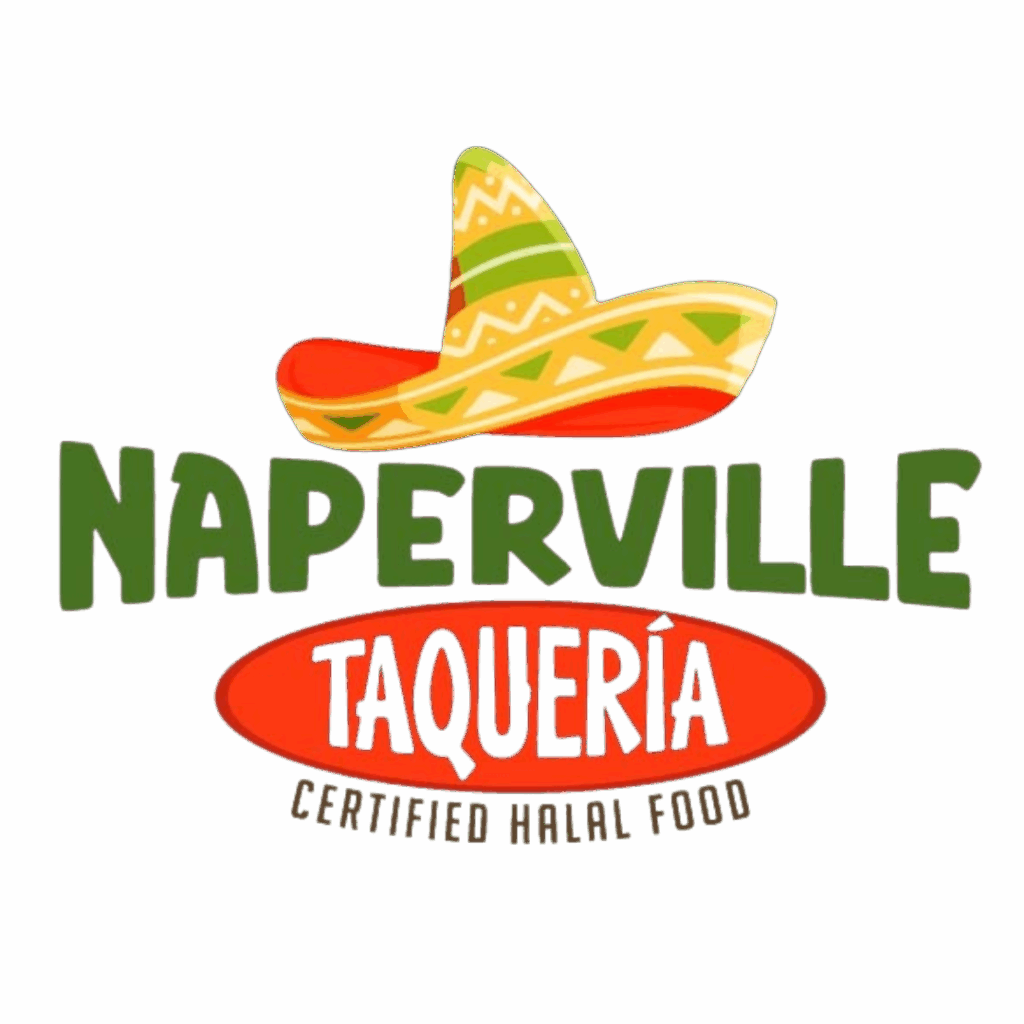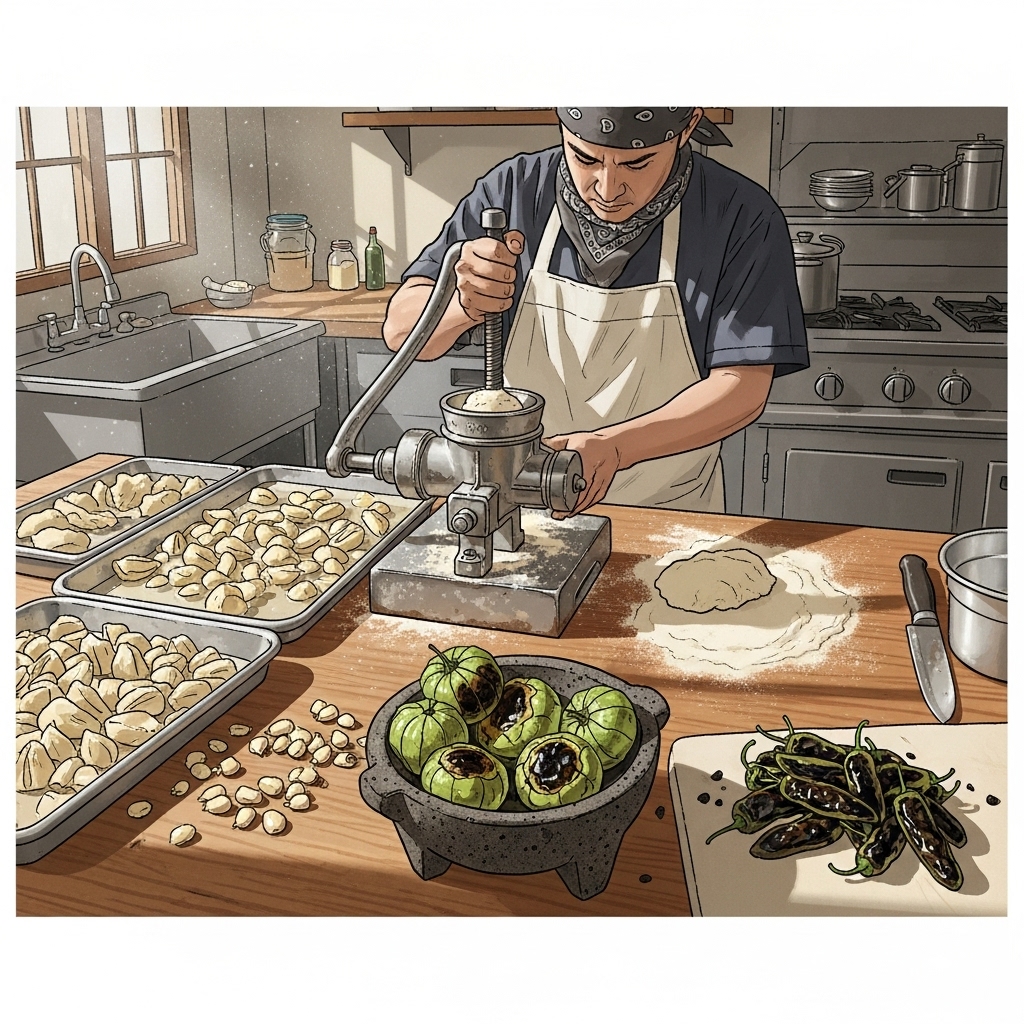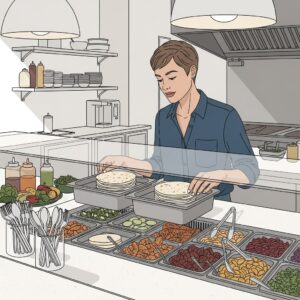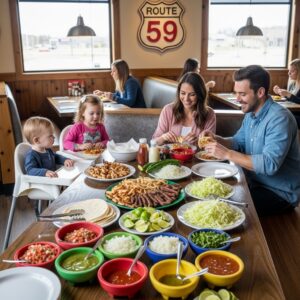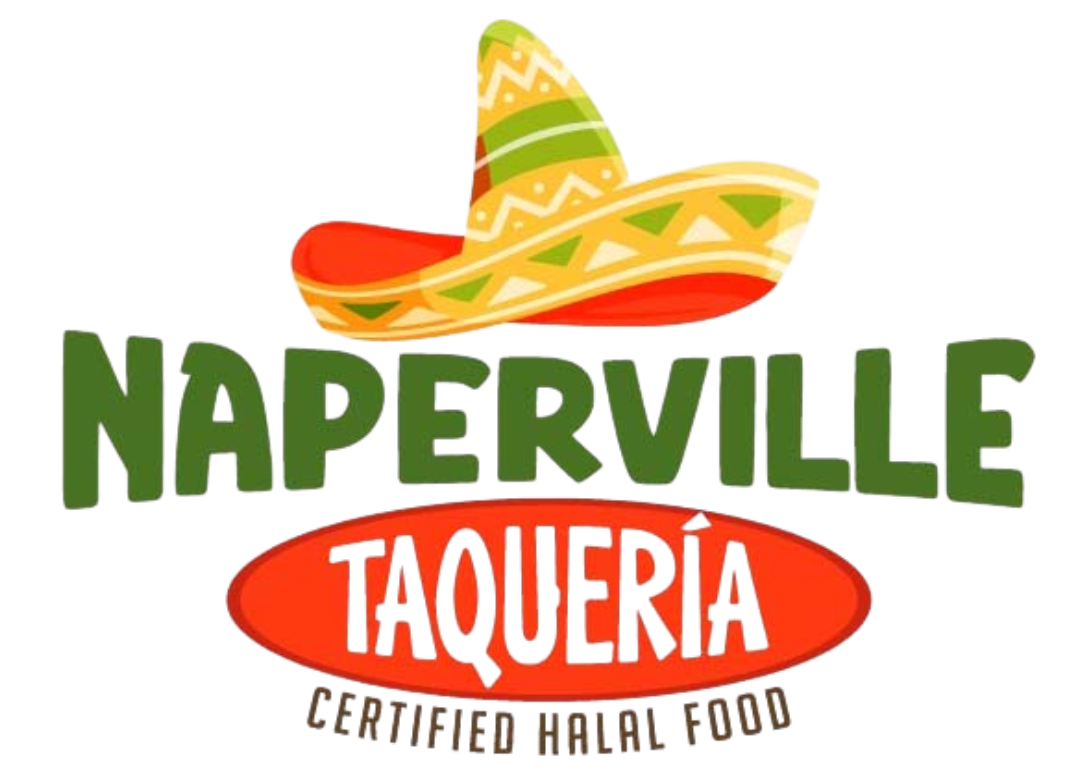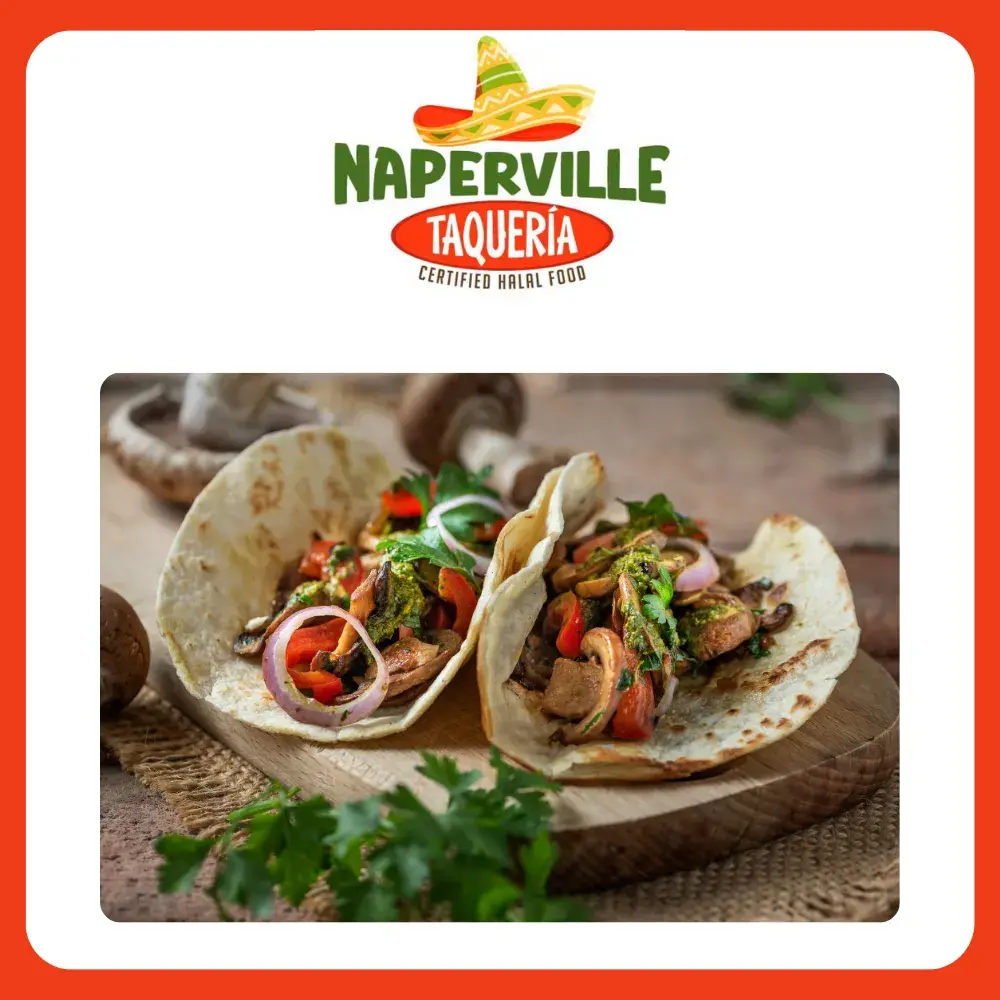Authenticity in a Naperville taqueria doesn’t shout—it simmers. It smells like warm corn at sunrise and roasted chiles in the afternoon, and it tastes like patience you can measure in hours rather than minutes. Around town, the places I return to again and again all share a single truth: everything that matters is made from scratch. From the tortillas to the salsas, from the slow-cooked barbacoa to the freshly charred vegetables, the soul of the shop lives in the details. If you want a sense of what that looks like, start by reading the menu like a story of labor—each line is a hint at what’s happening behind the counter.
It starts with corn
There’s a reason the best taquerias talk about masa with pride. Some soak corn in an alkaline bath, rinse it carefully, then grind it into fresh masa at dawn. Even when they source masa from a trusted tortilleria, the difference shows in tortillas that flex without cracking and taste like something alive. When a cook drops a disk of masa on the plancha, it puffs in the last seconds of heat, signaling that the starches have rebounded and the moisture is right. That small puff is an honest measure of craft.
In Naperville, we celebrate seasonal produce, and that carries over to good taquerias. You’ll see fresh limes that are heavy with juice, cilantro that snaps when torn, and onions that taste clean rather than harsh. Scratch cooking thrives on quality inputs. The kitchen crew chooses sturdy tomatillos, dries their chiles properly, and roasts garlic until it’s sweet and spreadable. This isn’t just tradition; it’s good cooking.
Salsa as a signature
A great taqueria’s salsas tell you everything you need to know. Verde might have the sparkle of raw tomatillos or the gentle depth of roasted ones. Roja can be silky with guajillos or taut with arbols. A smoky chipotle blend adds bass notes. Made-from-scratch salsas are disciplined: they respect the char, the salt, and the balance between acid and heat. Watch for a molcajete tucked beneath the counter—if the crew takes a moment to grind chiles by hand for texture rather than blitzing them smooth, you’re in the right place.
What you won’t find in the best shops is a one-size-fits-all approach to heat. Instead, you’ll get options that invite you to tune each taco precisely: a spoon of verde to brighten al pastor, or a warm, brick-red arbol to push carne asada into the spotlight. When salsas are made daily, they taste alive—never flat, never dull.
Meats that show patience
Scratch cooking is synonymous with time. Barbacoa whispers of low heat and humidity, its fibers relaxing until they shred with a nudge. Carnitas tells a gentler story, cooked in its own fat until the edges crisp while the inside stays plush. Birria, when done right, floats in a consommé that gleams with collagen and spice, a payoff for hours of careful skimming and seasoning. You can’t rush these. The best kitchens plan their day around them, building flavor while the city builds its traffic.
Char-grilled meats deserve their own respect. Good carne asada needs a hot surface, patience, and a steady hand with salt. Chorizo, when crumbled just so, straddles crisp and tender. Lengua is a benchmark of bravery and technique; it needs a long simmer and a gentle finish. In every case, the scratch approach shows up in the texture—no soggy edges, no anemic sear, no shortcuts.
Vegetables, beans, and rice done right
Authenticity isn’t meat-only. The way a taqueria treats beans tells you how they think about their guests. Frijoles simmered from dry carry an earthiness you can’t fake, and they take salt differently, too—absorbing it from the inside out instead of wearing it like a coat. Rice that’s toasted before simmering stays fluffy and fragrant. Rajas con crema, calabacitas sautéed until just tender, and grilled cebollitas with a shine of oil all announce a kitchen that respects the plant side of the plate.
Even the garnish signals intention. Pickled red onions that pop, radishes that bite, and lime wedges cut so they actually yield—these details seem small until you taste the difference they make across a meal. When everything is built by hand, nothing feels like an afterthought.
From-scratch traditions in a suburban rhythm
Naperville’s rhythm matters. Morning prep begins when the streets are still quiet, and by the time commuters have filled the train, the kitchen has roasted trays of tomatillos, cooked down a pot of beans, and kneaded the day’s masa. Lunch service hums, but the real test comes when families file in after school and the dinner wave hits. The best taquerias manage this without losing their composure; they keep salsas replenished, tortillas warm, and proteins fresh. Scratch cooking sets the pace—they don’t cook to catch up, they cook to stay ready.
That same rhythm extends to to-go orders. A kitchen grounded in from-scratch habits knows how to layer a taco so it travels: meat and tortilla first, garnishes to the side, and a reminder to reheat the tortilla briefly at home. Scratch cooking is generous; it respects the meal even when the meal is in motion.
Reading the board like a local
When you scan a taqueria board, look for the quiet clues. A rotating special suggests a cook chasing peak produce. A concise selection hints that the kitchen isn’t stretching itself thin. If you see house-made agua frescas listed plainly, try one; it’s hard to fake freshness there. And when you want to branch out, let the menu guide your curiosity. Try a protein you’ve never ordered or a salsa that feels out of your comfort zone. Scratch-built kitchens reward exploration because every item has a reason to be there.
Over time, you’ll start to recognize patterns. That bright, almost floral heat you loved in July might show up again in a fall salsa, this time tempered by roasted peppers. The barbacoa that felt feather-light in the middle of the week might turn richer on weekends when the pot runs longer. These micro-shifts aren’t inconsistency; they’re the breath of a living kitchen.
Hospitality you can taste
Authenticity includes how you’re treated. Naperville’s best taquerias practice hospitality that’s gentle and unfussy. You’ll be greeted, given a moment to decide, and helped if you hesitate between options. If the line is long, the team moves with a choreography that’s almost soothing. There’s no rush to push you out the door; instead, there’s the quiet satisfaction of knowing you’re leaving well-fed.
The dining room might be humble: a handful of tables, a stand of napkins, a salsa bar that gleams. Fine. A taqueria is a kitchen first, a dining room second. When the cooking is right, people find a way to make the space feel like home. You’ll see kids try their first lime wedge and grandparents order the same two tacos they always have. That overlap is the mark of a place with roots.
How to order like you mean it
Start with a simple pairing that tests fundamentals: one carne asada, one al pastor. Taste the tortilla first—plain, no garnish—so you can hear the kitchen’s voice before the chorus joins in. Then dress lightly and see how the salsas shift the balance. If you’re in the mood for something comforting, choose carnitas; if you want to be challenged, choose lengua. Ask what’s particularly good that day. Scratch kitchens are proud of their work and happy to point you to the day’s high notes.
If you’re taking food home, invest thirty seconds in setup. Warm a skillet, reheat tortillas until they’re pliant, and layer meats so steam doesn’t collect. The difference between good and great often lives in those little steps.
FAQs
Q: What does “made from scratch” really mean in a taqueria? A: It means core components—tortillas, salsas, beans, and slow-cooked meats—are prepared in-house rather than purchased pre-made. You can taste it in texture, freshness, and balance.
Q: How can I tell if a taqueria nixtamalizes corn in-house? A: Ask, and observe. You might spot bags of dried corn or hear the hum of a grinder in the morning. Tortillas will have aroma, pliability, and a gentle puff on the griddle.
Q: Are scratch salsas always spicy? A: Not necessarily. Scratch salsas prioritize flavor first, with heat as a dimension. You should find options that range from bright and mild to deep and fiery.
Q: What’s a good order to test quality? A: Try al pastor and carne asada for quick-cook technique, then birria or barbacoa for long-simmered depth. Pair with a house-made agua fresca to see how the kitchen balances sweetness and acidity.
Q: Do from-scratch kitchens handle to-go food well? A: Yes, they tend to think about structure and layering. Ask for garnishes on the side and reheat tortillas briefly at home for best results.
When you’re ready to taste the difference that fresh masa, careful roasting, and patient simmering can make, open the menu, choose boldly, and let a Naperville kitchen that cooks from scratch remind you why authenticity is a feeling you can taste.
